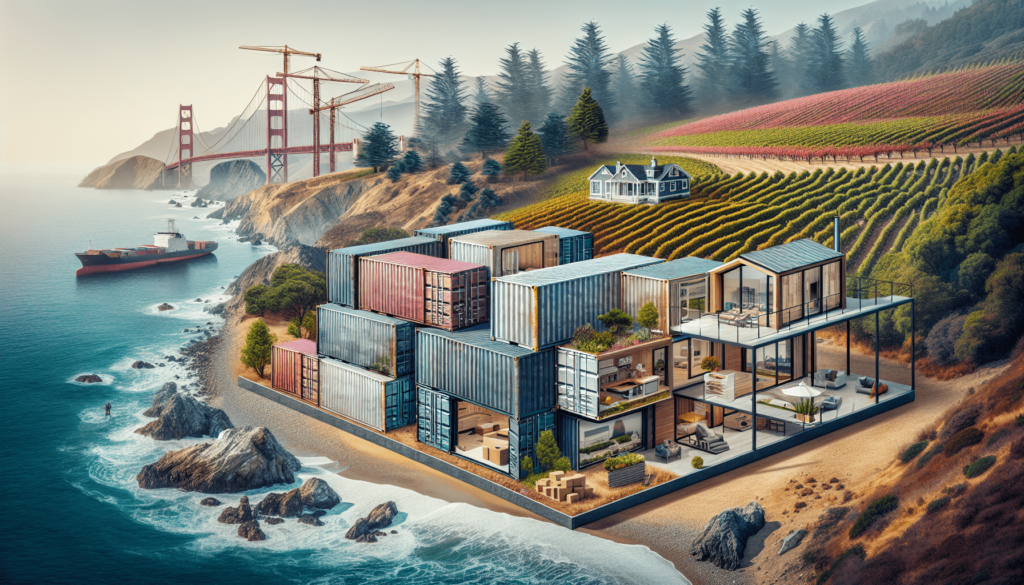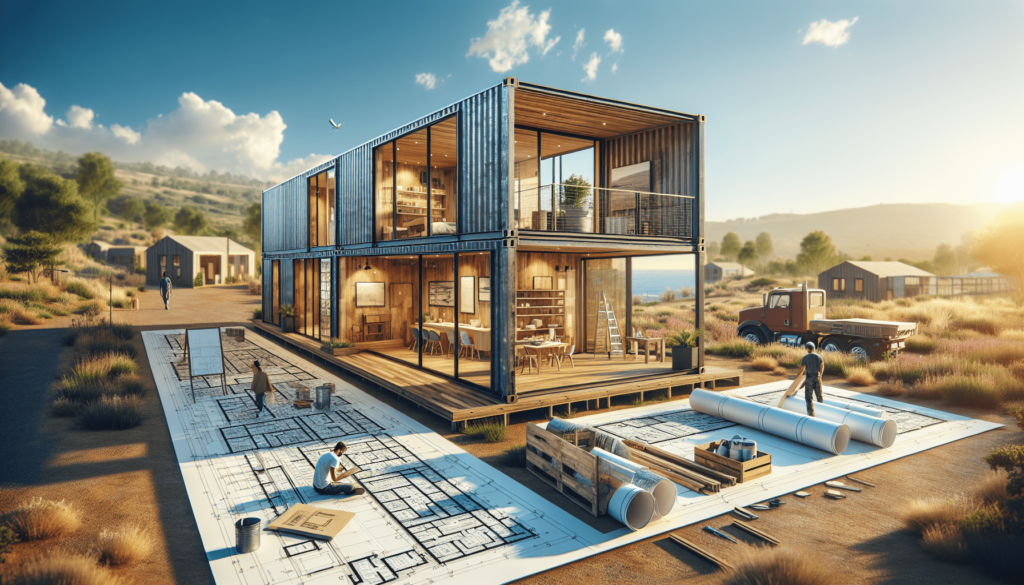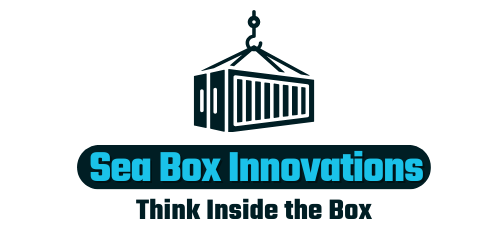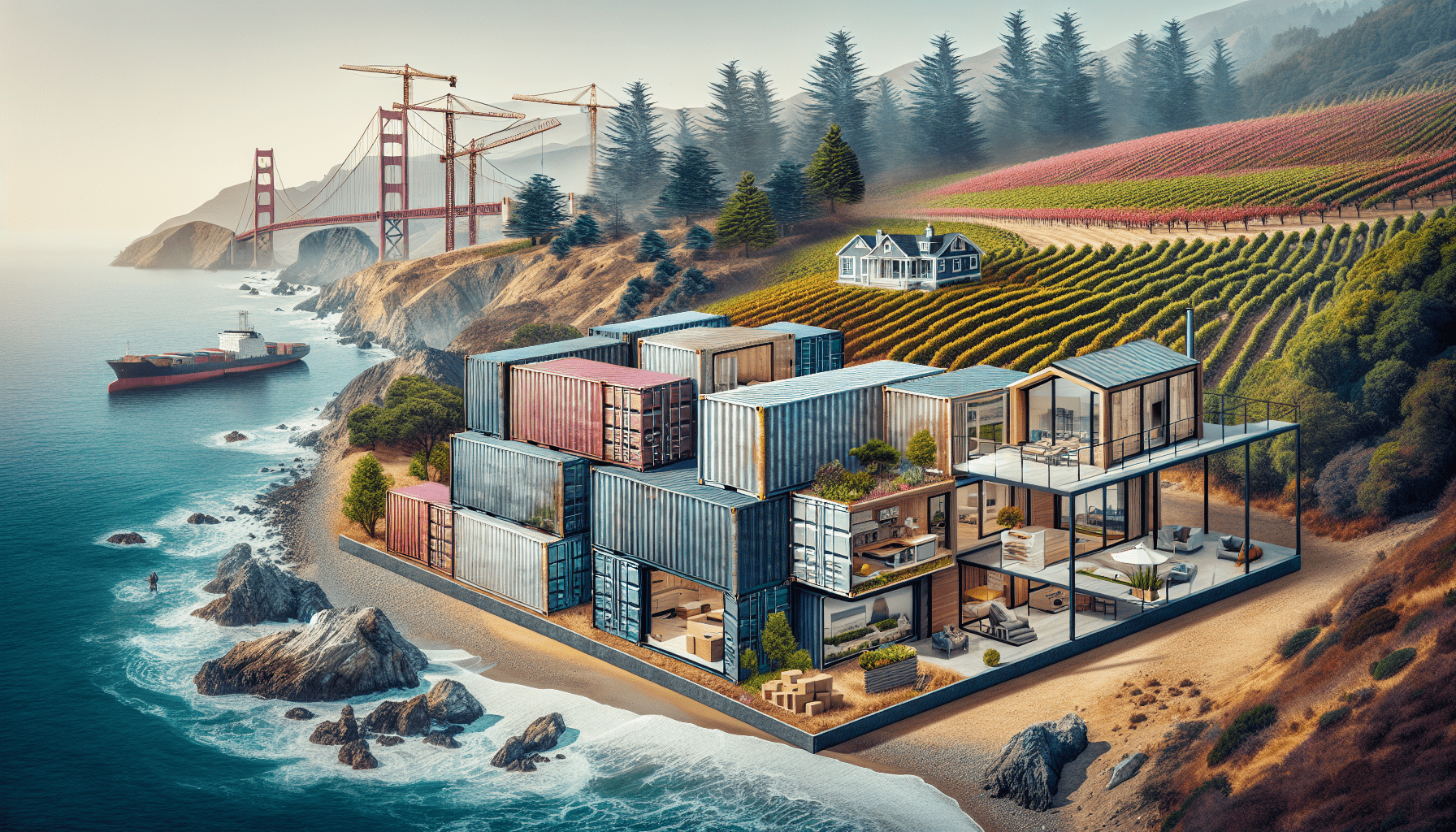If you’ve ever wondered about the average cost of building a container home in California, you’re in luck! In this article, we’ll explore the fascinating world of container homes and give you a detailed breakdown of the average costs involved in building one. From the initial purchase of the shipping container to the various expenses of construction and customization, we’ll provide you with all the information you need to know. So grab a cup of coffee and get ready to discover how much it truly costs to turn a steel box into a cozy and stylish dwelling in the Golden State.

Factors Affecting the Cost of Building a Container Home
Building a container home can be an exciting and cost-effective housing option. However, it’s important to consider various factors that can significantly impact the overall cost of your project. In this article, we will explore the key factors that you should take into account when estimating the cost of building a container home.
Size of the Container Home
The size of your container home is a major determinant of its cost. Whether you opt for a single container home or a multiple container home, each choice comes with its own implications. A single container home tends to be more affordable and requires less labor and construction materials. On the other hand, multiple container homes offer more space and customization options but may be more costly due to the need for connecting and modifying several containers. Additionally, if you plan to add additional structures such as decks, patios, or extensions, these will also contribute to the overall cost of your container home.
Location of the Construction Site
The location of your construction site can greatly influence the cost of building a container home. If you are planning to build in urban areas, you may face higher land prices, stricter permitting requirements, and limited access for construction equipment. These factors can increase the cost of your container home project. In contrast, building in rural areas generally offers more affordable land prices and less stringent permitting requirements. However, it’s important to consider the accessibility of utilities and services, as these may require additional costs and considerations.
Foundation and Site Preparation
Another crucial factor that affects the cost of building a container home is foundation and site preparation. The type of foundation you choose, such as a concrete foundation, will have its own cost implications. Concrete foundations offer stability and durability, but they can be more expensive compared to other options like helical piles or pier foundations. Site grading and leveling, excavation, and utility connections are also important considerations. Depending on the condition of the construction site and the availability of utilities, these preparatory tasks can add to the overall cost of your container home project.

Customization and Design
Customization and design play a significant role in the cost of building a container home. Architectural design fees, if you work with professionals, can vary depending on the complexity of the design and the level of customization you desire. Additionally, interior design and finishes can range from budget-friendly to high-end, depending on your preferences. Structural modifications, such as cutting openings for windows and doors, may also impact the final cost of your container home. Insulation and ventilation systems, as well as electrical and plumbing installations, are other important aspects to consider in the customization and design phase, adding to the overall cost.
Permits and Inspections
Obtaining the necessary permits and undergoing inspections are mandatory when building a container home. Building permits, environmental permits, and engineering and structural inspections are some of the permits and inspections you may need to comply with. The cost of these permits can vary based on the location and the scope of your project. It’s important to factor in these expenses to ensure compliance with local regulations and to avoid any legal issues in the future.
Labor and Construction Costs
Labor and construction costs can significantly impact the overall cost of building a container home. Hiring a general contractor can help streamline the construction process, but it will entail additional expenses. Skilled labor, such as architects, engineers, and specialized contractors, will also contribute to the cost. Material costs, such as the containers themselves, construction materials, and finishes, can vary based on quality and design choices. The construction timeline is another factor to consider, as longer construction periods may increase labor costs. Additionally, allocating a portion of your budget for overhead and contingency will provide a safety net in case of unforeseen expenses.
Utilities and Off-grid Systems
Considering utilities and off-grid systems is crucial when estimating the cost of building a container home. The cost of establishing a water supply and plumbing system will depend on the distance from existing utility connections and the complexity of the installation. Electricity and solar systems, especially if you aim to be off-grid, may require additional investments. Heating, ventilation, and air conditioning systems are also important considerations to ensure comfort within your container home. Waste management systems, such as septic tanks or composting toilets, should also be factored into the overall cost of your project.
Transportation and Delivery
Transportation and delivery costs are often overlooked but can be significant when building a container home. The cost of delivering containers to your construction site, as well as the transportation of other construction materials, should be taken into account. Siting and crane services may also be necessary, especially if your construction site poses challenges in terms of access or terrain. Equipment rental, such as cranes or forklifts, should also be considered to facilitate the construction process.
Additional Considerations
Aside from the main factors discussed above, there are additional considerations that can impact the cost of building a container home. Architectural and engineering fees, which are separate from design fees, cover the necessary technical aspects of your project. Land purchase or lease costs should also be considered, as well as insurance and legal costs associated with your container home. Furniture and appliances, as well as landscaping and outdoor amenities, are other expenses that should be factored into your project budget.
In conclusion, the cost of building a container home can vary significantly depending on various factors. By considering the size of the container home, location of the construction site, foundation and site preparation requirements, customization and design choices, permits and inspections, labor and construction costs, utilities and off-grid systems, transportation and delivery logistics, as well as additional considerations, you will have a comprehensive understanding of the costs involved. As you embark on your container home journey, make sure to budget carefully and consult professionals to ensure a successful and cost-effective project.

I am James, the creator behind SeaBoxInnovations.com. Welcome to our premier online destination dedicated to the world of sea containers. Think Inside the Box is our tagline, and our website is your go-to source for exploring the endless potential of these versatile and adaptable containers. Whether you’re interested in purchasing, customizing, or learning about the latest trends in container architecture and design, we have you covered. Join us as we bridge the gap between traditional uses and cutting-edge applications, promoting sustainability and innovation in design and construction. Get ready to embark on your next big project with SeaBoxInnovations.com.

